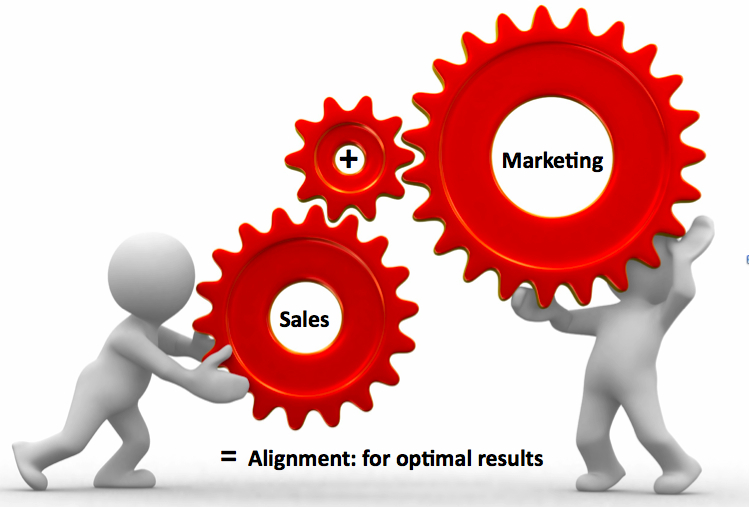Wondering what “Lead generation” actually means?
Well, in the simplest language, lead generation is the most important aspect of marketing which means initiation of consumer interest or inquiry into products or services of a business. It is basically a process of collecting names and contact information about qualified prospects which will be contacted by the salespeople for generating orders. It involves direct response advertising and telemarketing.
Leads may come from various sources or activities, for example, digitally via the internet, through personal referrals, through telephone calls either by the company or telemarketers, through advertisements, and events. A study from 2014 stated that direct traffic, search engines, and web referrals were the three most popular online channels for lead generation, accounting for 93% of leads.
We know that a steady stream of leads is an essential component of keeping a business afloat – but coming up with original and efficient ideas to attract and convert qualified leads is easier said than done. Here are some of the proven and actionable ideas to energize your lead generation efforts:
1. Write exceptional ads:
Stepping into the shoes of a searcher you will realize that most ads just suck. They’re boring, they’re indifferent, and one isn’t any more enticing than another. Betwixt such a chaos where everything looks the same, there’s a huge opportunity to come in with something exceptional and blow the competition away! Writing better ads can raise your CTR above the expected average, giving your quality score a hike.
2. Create a product video:
Researchers have proved that 65% of us are visual learners. As a matter of fact, product explainer videos can generate leads at a rate of up to 33%. When done correctly, videos can keep us engaged and can inspire us to take an action. So, videos do not need to be long and complex.
3. Give better offers and fewer choices:
The top 10% of landing pages have conversion rate 3x to 5x average the average. As an answer to “How do they make it possible?” – by giving better offers and fewer choices. Moreover, as per Hick’s Law – fewer choices mean less confusion, resulting in more leads. As an inspiration – “MySiteAuditor” decreased the options on a free trial sign up a page from six to one and saw 25% jump in their conversion rate.
4. Offer a lot of compelling opt-in opportunities:
You can present numerous opt-ins by turning every blog post into an opt-in page. You can give away PDFs of your blog posts, worksheets, webinars, free reports, live demos, resource guides and what not! Instead of placing the opt-in in a sidebar, make a pop-up. You can’t make the visitors say yes, but there is no point making it easy for them to say no. According to a research, this tactic increased leads by 32 %!
5. Avoid mentioning SPAM :
Privacy is a major concern for all the visitors landing on your page. It is absolutely fine to reassure privacy but you should prefer doing it in a fun manner. In other words, assure privacy without using the word “SPAM”. In case of any doubts, you may run A/B tests to be sure your sign up forms are optimized for conversions.
6. Remarketing:
Remarketing is an efficient way to connect those visitors to your website who may not have made an immediate purchase or inquiry. It allows you to present targeted ads in front of a defined audience that had previously visited your website – as they browse elsewhere around the internet using YouTube, Google or even Facebook. Remarketing using the Google Display Network gives you 92% reach in the U.S., across millions of websites, videos, and devices.























































